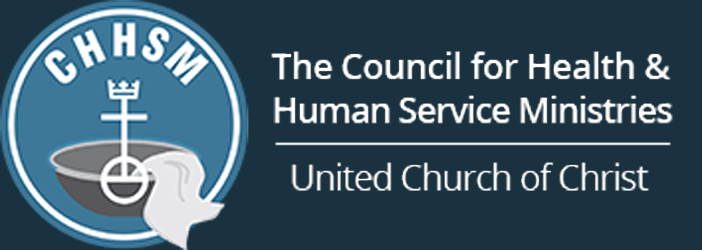Ministries Track Charitable Contributions
For two hours a day, high school students with disabilities study daily life and interpersonal communication skills in an apartment-turned-classroom at Cape Albeon. Later, they help serve dinner, coordinate coffee chats and host exercise sessions at the retirement community in Valley Park, Missouri.
This coaching and on-site job training is provided through a partnership between Cape Albeon and the Special School District of St. Louis County (SSD).
“Our students can practice job and life skills and prepare for competitive employment thanks to the generosity of Cape Albeon,” says Matthew Conover, an instructor with SSD, which provides services for students with disabilities.
The partnership at Cape Albeon is just one example of how CHHSM ministries spread charity far and wide.
Every year, nonprofits provide charitable contributions to residents, team members and the wider community in exchange for receiving tax-exempt status. This process, called social accountability, ensures that organizations are responsible and responsive to the people they serve.
“Social accountability is a way to live out our mission and give back to the community,” says Carol DiSanza, Cape Albeon’s executive director. In addition to the partnership with SSD, the community provides charitable care for residents, offers educational assistance for team members and donates food for Meals on Wheels.
But nonprofits must increasingly defend their tax-exempt statuses amid government and public scrutiny. That’s why formally tracking social accountability is so important, says Eliot Planells, director of sales and support services for Cape Albeon and St. Andrew’s Resources for Seniors System.
Planells and other team members track volunteer hours and financial assistance monthly to better capture their charitable care. They also gather this data in their ministry’s annual report. Benefits are analyzed by program, time and dollar amount when available, he says.
“We found that we needed to be very specific in how we track our social accountability, but every organization tracks their benefits differently, and it’s a voluntary process,” he says. Just over half of nonprofits track their charitable contributions, the consulting firm Holleran found in a 2014 study.
Jackie Claessens agrees that nonprofits should track their charitable benefits to residents, team members and the wider community. The community relations officer at Seattle-based Horizon House retirement community recently hosted a conference call with the CHHSM Senior Services Collaborative marketing group to discuss social accountability.
“Our mission is to be a dynamic retirement community dedicated to dignified aging, life fulfillment and service to the broader community, so both residents and staff give their time and financial support to those in need,” she says.
Planells’ advice to ministries interested in tracking their social accountability? Remember that charity starts at home.
“Think about the specific services and programing you provide every month, such as blood pressure checks, free meals and religious studies or worship sessions,” he says.
This charity makes a difference, Conover says.
“Three of our students have accepted jobs at Cape Albeon after completing our program because of this partnership,” he says. “Everyone benefits.”
Join Our Mailing LIst
"*" indicates required fields
Follow on Facebook
New Resident Finds Belonging at Emmaus Homes - CHHSM
www.chhsm.org
Heather’s journey toward independence has been nothing short of inspiring. Since moving into her new home last year, Heather’s world has expanded in ways she never imagined. Leaving the familiarit...